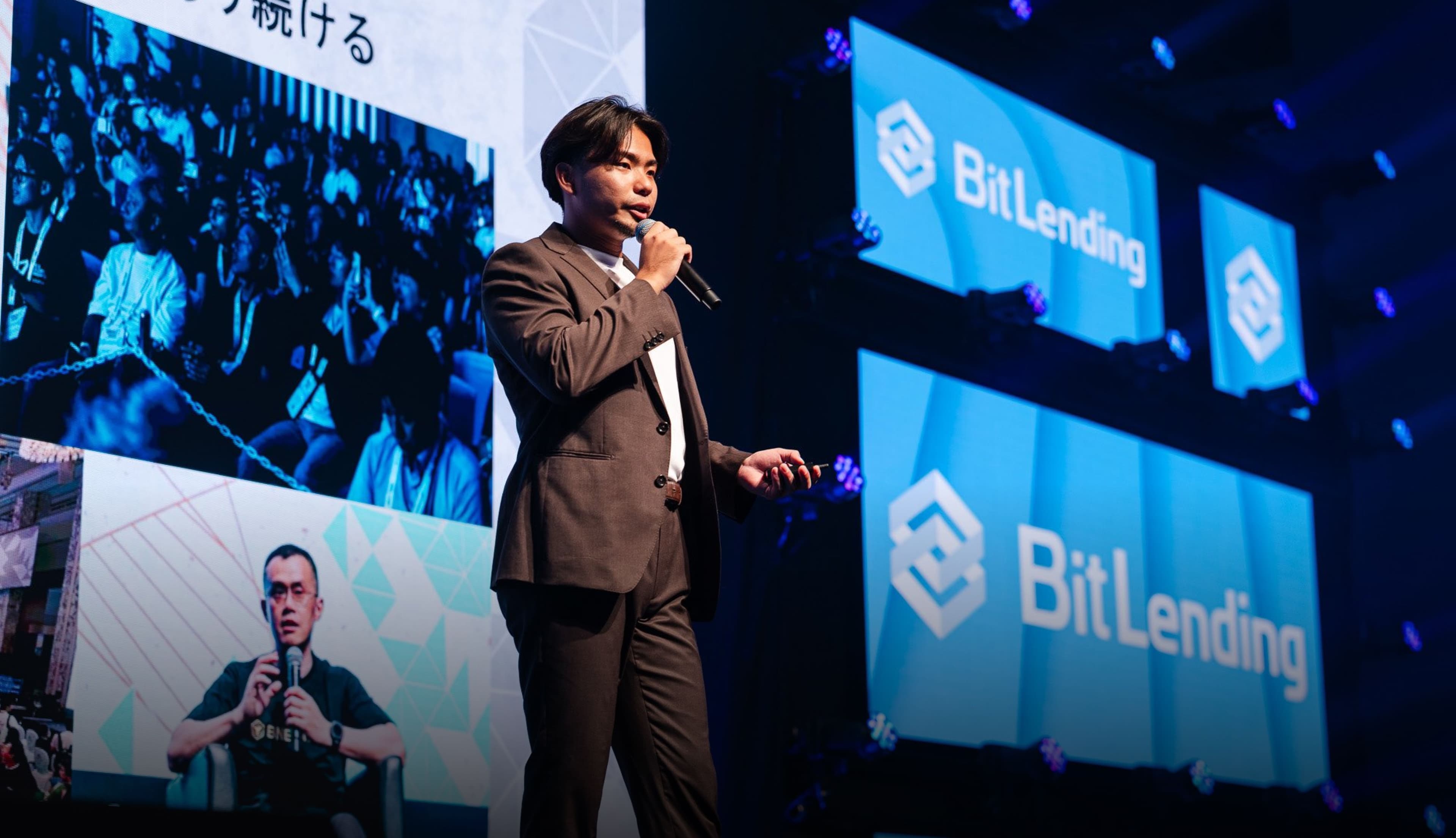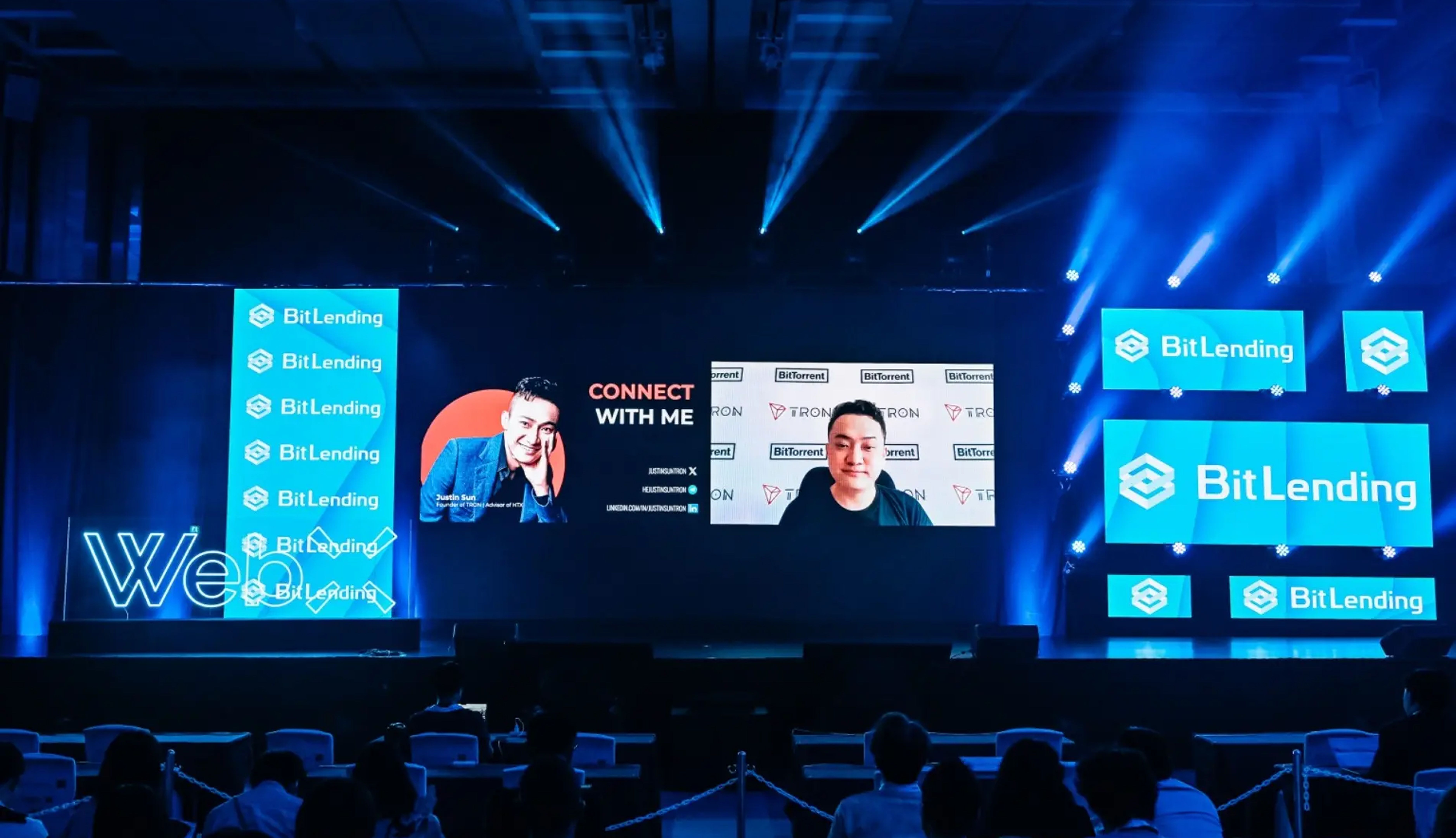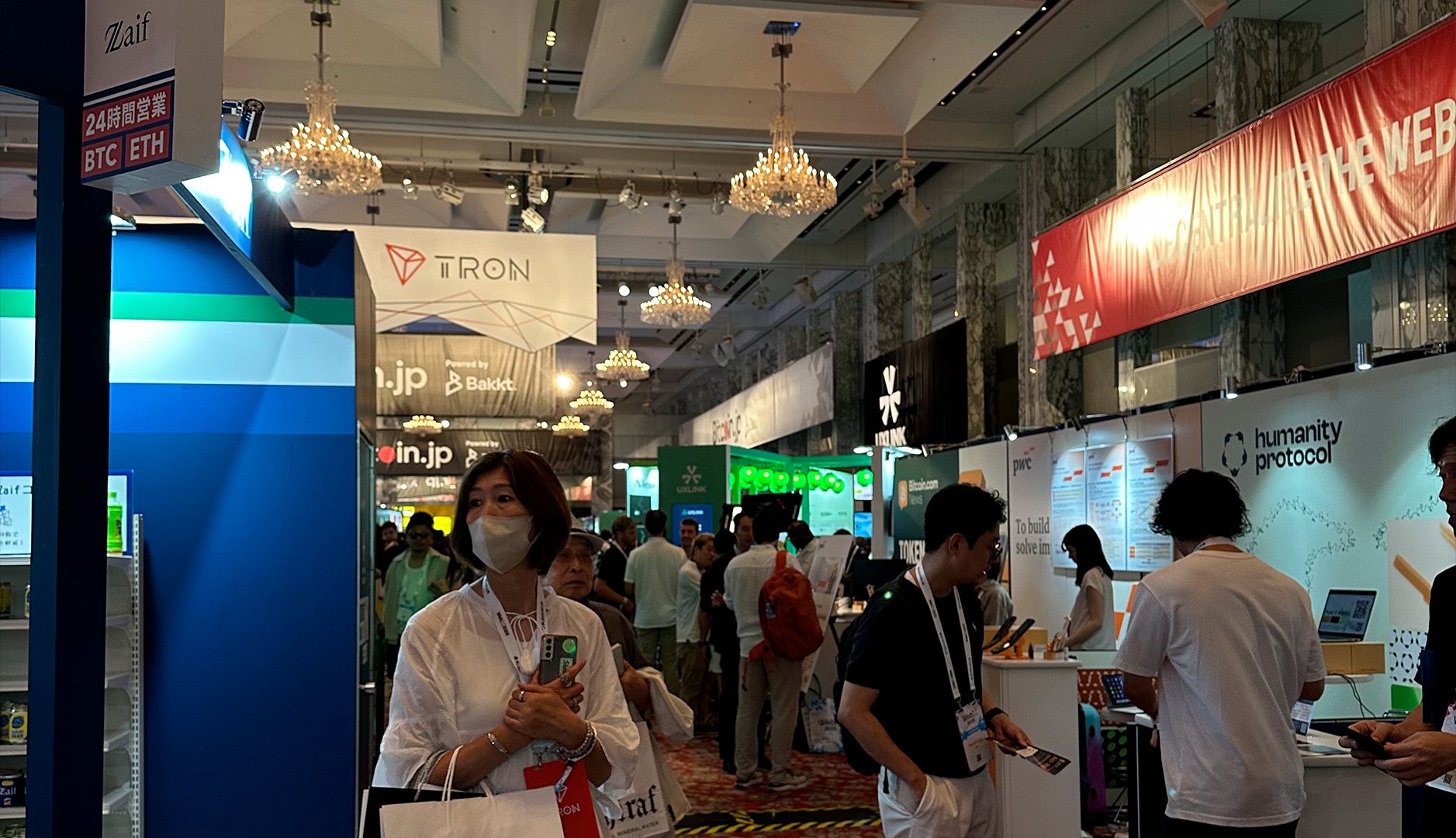WebX 2025 Tokyo: recap of Asia’s largest Web3 event, featuring agenda highlights, sponsors, and key trends in payments, DePIN, AI, SocialFi, and compliance.

WebX 2025 took place in Tokyo on August 25–26, bringing together more than 1,000 companies, 100 exhibitors, and dozens of global leaders who shared their vision on
blockchain, stablecoins, asset tokenization, digital payments, DeFi, and artificial intelligence applied to Web3
The Meetlabs team attended as participants, experiencing firsthand the solutions and trends with the potential to transform the industry.

WebX 2025 went beyond the usual conference format to become a convergence point for regulation, product, and adoption. Organized by CoinPost, it gathered regulators, startups, corporations, and investment funds in one place, confirming Japan’s role as a strategic hub where the Web3 conversation is shifting from theory to real-world deployment.
This edition stood out for its dual approach. On stage, thought leaders such as Arthur Hayes, CZ, Justin Sun, Adam Back, and Hayden Adams framed debates on markets, compliance, and technical architectures. On the exhibition floor, sponsors and leading companies translated those discussions into demos and products already operating in real contexts: high-capacity payments, custody with simple recovery processes, live AI translation, on-chain social identity, and decentralized physical networks.
The core contribution of WebX 2025 was to show that Web3 has left behind its exploratory phase and is consolidating as business and service infrastructure ready to scale.

From the Meetlabs team’s perspective, attending WebX 2025 made it clear why this gathering has become the most influential Web3 summit in Asia. What stood out the most was the balanced combination of high-level conferences and a vibrant exhibition, where ideas didn’t remain in the theoretical realm but could be touched, tested, and experienced live.
The atmosphere at the Prince Park Tower Tokyo reflected an ecosystem in full expansion: on one hand, keynotes from global leaders such as Arthur Hayes, CZ, and Adam Back set the strategic tone of the debate; on the other, the exhibition floor turned into a practical laboratory where startups and corporations demonstrated that Web3 is no longer just a promise but a set of ready-to-use solutions.
One of the most distinctive aspects was the focus on usability. It wasn’t just about discussing blockchain in the abstract, but about showing how an individual, a business, or even a city could interact with Web3 technologies in their daily lives. From custody services with simple QR-based recovery, to payment applications with nominative accounts, to immediate experiences such as live AI-powered simultaneous translation or power bank rentals via QR scan, everything conveyed a clear message: mass adoption will not come from complex concepts, but from intuitive solutions that simplify people’s lives.
Networking was another key factor shaping the event. Regulators, financial corporations, startups, and enthusiasts gathered in one space to exchange ideas and explore collaborations. For Meetlabs, this direct interaction reaffirmed that Japan is making a serious bet on establishing itself as a global hub of Web3 innovation, connecting with both Asia and the wider world.
Overall, the key takeaways weren’t just measured in the number of attendees or the scale of the program, but in the tangible feeling of an ecosystem that is maturing and becoming more accessible. WebX 2025 was, in essence, a showcase where Web3 ceased to be a distant concept and presented itself as a present-day reality.



Beyond the experience and flawless logistics, what truly defined WebX 2025 were the major thematic axes that dominated the conversation and reflected the direction in which the industry is heading.
One of the strongest threads was payments in Web3. Companies like UPCX demonstrated that infrastructures already exist to handle hundreds of thousands of transactions per second, integrating features that until now seemed exclusive to traditional banking, such as nominative accounts, automatic payments, and enterprise custody schemes. The narrative revolved around a fundamental question: how can blockchain become as transparent and reliable as conventional payment networks, without losing its decentralized essence?
The second major theme was custody and regulatory compliance. The presence of players like NewVault and Elliptic highlighted the importance of building an ecosystem that is not only innovative but also safe and compatible with legal frameworks. Discussions focused on how asset recovery solutions, unified reporting, and real-time risk monitoring could become the foundations that make Web3 a trustworthy environment for financial institutions and governments.
Another central focus was the rise of SocialFi and digital identity. Platforms like UXLINK highlighted the potential of building verifiable reputations on the blockchain, with credentials that accompany users across different applications. The use of SBTs (Soul-Bound Tokens), AI integration to drive growth, and the design of automatic wallets reinforced the idea that the future of social networks could be rooted in on-chain transparency and interoperability.
The connection between the physical and digital worlds also took center stage with the rise of DePIN (Decentralized Physical Infrastructure Networks). From LED screens that tokenize advertising revenue to nanosatellites delivering 5G connectivity to remote areas, the projects showcased at WebX proved that blockchain is not just a virtual phenomenon but a technology with tangible impact on real-world infrastructure.
Finally, artificial intelligence applied to Web3 was consolidated as a transversal theme. Whether in data analysis, with platforms like CoinPost Terminal, or in user experience, with live translation and intelligent growth agents for communities, AI emerged as a catalyst accelerating adoption, democratizing access, and multiplying opportunities for innovation.
In conclusion, the central themes of WebX 2025 made it clear that the sector is moving in a defined direction: turning Web3 into an environment that is usable, secure, interoperable, and connected to the physical world. More than abstract concepts, the conversations focused on real-world applications with immediate impact—a message that resonated strongly with all attendees, including the Meetlabs team, who witnessed how these trends are already materializing into concrete products and services.
WebX 2025 in Tokyo proved that the future of Web3 is already underway. More than just a conference, it served as a showcase for solutions ready to transform finance, consumer services, and connectivity.
The Meetlabs team, present as attendees, witnessed how Japan is positioning itself as a global hub by bringing together next-generation payments, DePIN infrastructures, and compliance strategies that will shape the industry’s next phase.